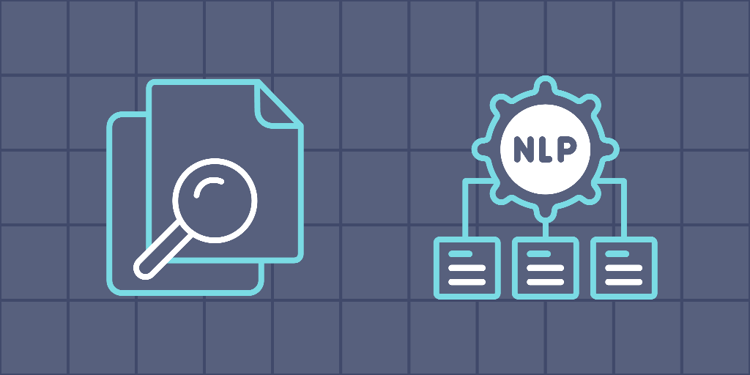This device is not compatible.
You will learn to:
Load and preprocess the Webis Crowd Paraphrase Corpus 2011 dataset.
Use the Hugging Face Transformers library to download the pretrained RoBERTa model.
Train, validate, and test the model for similarity detection in English language texts.
Evaluate the model and display performance metrics using the scikit-learn library.
Skills
Natural Language Processing
Deep Learning
Machine Learning
Deep Neural Networks
Prerequisites
Basic understanding of deep learning concepts
Familiarity with natural language processing (NLP) concepts
Intermediate knowledge of Python programming and libraries
Familiarity with BERT or RoBERTa architecture
Technologies
NumPy
Pandas
PyTorch
Matplotlib
Scikit-learn
Project Description
RoBERTa (Robustly Optimized BERT Approach) is a transformer-based language model introduced by Liu et al. in 2019. It is a variant of BERT (Bidirectional Encoder Representations from Transformers) that achieves state-of-the-art performance on various natural language processing (NLP) tasks. RoBERTa uses a larger training dataset and longer training duration compared to BERT, and removes the next sentence prediction (NSP) task from the pretraining process. These optimizations make RoBERTa more robust and effective for a variety of tasks such as sentence classification, named entity recognition, and question answering, etc.
In this project, we'll use the RoBERTa model from the Transformers library with the Webis Crowd Paraphrase Corpus 2011 dataset for similarity detection in English language texts. We'll preprocess the data by tokenizing the text using RobertaTokenizer, split it into training, validation, and test sets, and create PyTorch datasets. We'll then fine-tune a pretrained model using the Trainer class from the Transformers library with specified training arguments such as number of epochs, batch size, learning rate, etc. Finally, we'll evaluate the trained model on the test set, calculate accuracy, compute the confusion matrix, and display it using Matplotlib.
Project Tasks
1
Get Started
Task 0: Introduction
Task 1: Import Libraries
2
Data Preprocessing
Task 2: Load and Preprocess the Data
Task 3: Split the Dataset
3
Implementing RoBERTa
Task 4: Tokenize Datasets
Task 5: Generate Tensors
Task 6: Load Pretrained RoBERTa Model and Set Device
Task 7: Prepare Training Arguments and Create Trainer Object
Task 8: Train the Model
Task 9: Test the Model and Calculate Accuracy
4
Generating Performance Metrics
Task 10: Compute and Display the Confusion Matrix
Congratulations!
Subscribe to project updates
Atabek BEKENOV
Senior Software Engineer
Pradip Pariyar
Senior Software Engineer
Renzo Scriber
Senior Software Engineer
Vasiliki Nikolaidi
Senior Software Engineer
Juan Carlos Valerio Arrieta
Senior Software Engineer
Relevant Courses
Use the following content to review prerequisites or explore specific concepts in detail.
